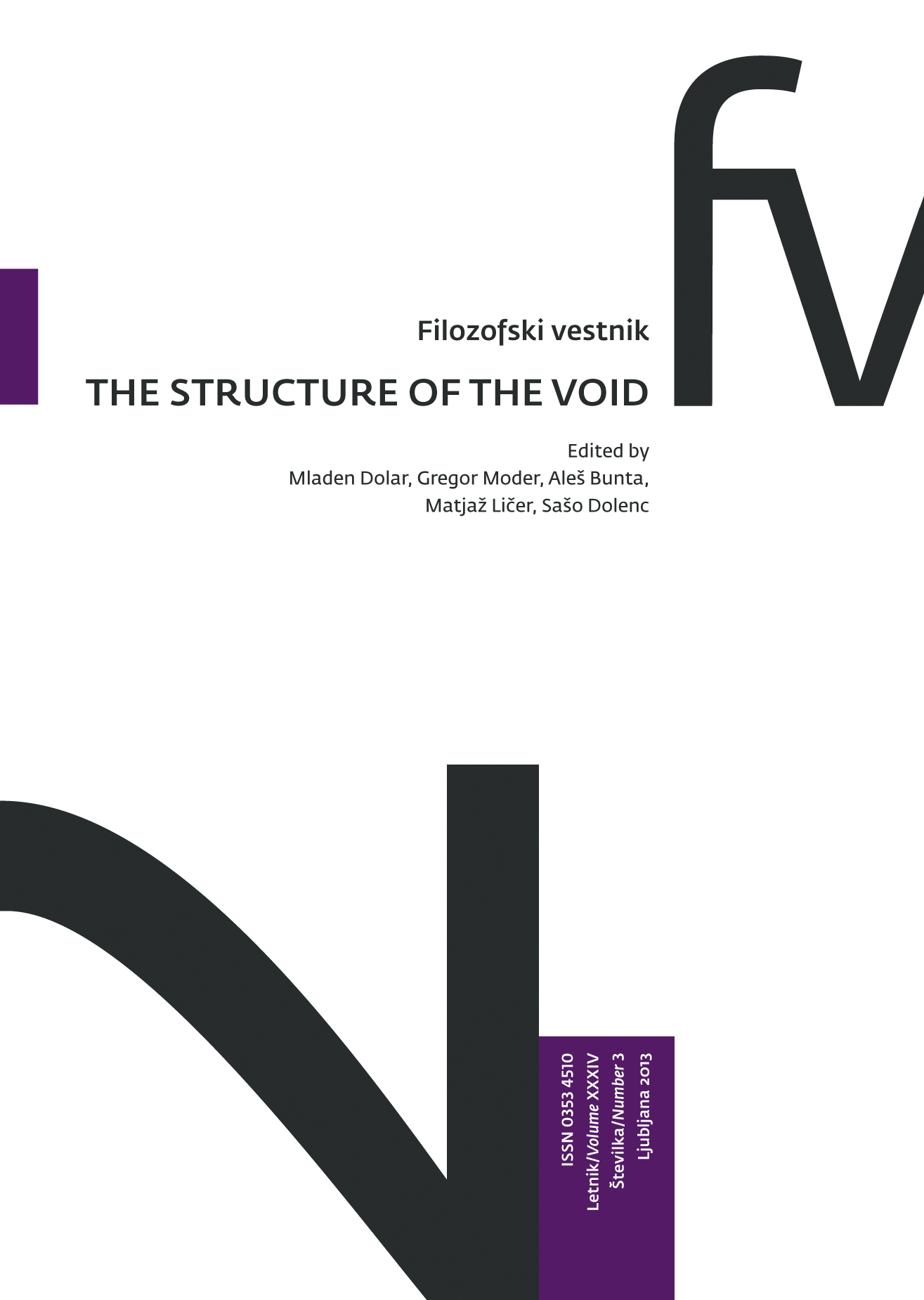Vacuum, Colliders, and the Origin of Mass
Povzetek
Quantum field theory provides a theoretical framework for understanding the interactions and characteristics of elementary particles. They are described as local excitations above the state of lowest energy, the vacuum. For most fields, the average value of the ground state is zero, the only exception being a scalar field, which may develop a global non-zero vacuum expectation value. This is understood as a consequence of spontaneous symmetry breaking, i.e. the Higgs mechanism. In the context of the Standard Model of elementary particles, such breaking leads to a dynamical explanation of the origin of the masses of nearly all known particles, which can be tested by observing decays of the Higgs boson. The recent discovery of a new boson at the Large Hadron Collider sets the stage for verification of this concept. It also highlights the need to understand the remaining missing pieces, such as the unknown nature and origin of neutrino mass, which remains one of the central unsolved issues in particle physics.Prenosi
Podatki o prenosih še niso na voljo.
Prenosi
Objavljeno
2013-12-28
Kako citirati
Nemevšek, M. (2013). Vacuum, Colliders, and the Origin of Mass. Filozofski Vestnik, 34(2). Pridobljeno od https://ojs.zrc-sazu.si/filozofski-vestnik/article/view/3255
Številka
Rubrike
The Structure of the Void
Licenca
Avtorji jamčijo, da je delo njihova avtorska stvaritev, da v njem niso kršene avtorske pravice tretjih oseb ali kake druge pravice. V primeru zahtevkov tretjih oseb se avtorji zavezujejo, da bodo varovali interese založnika ter da bodo povrnili morebitno škodo.
Podrobneje v rubriki: Prispevki





